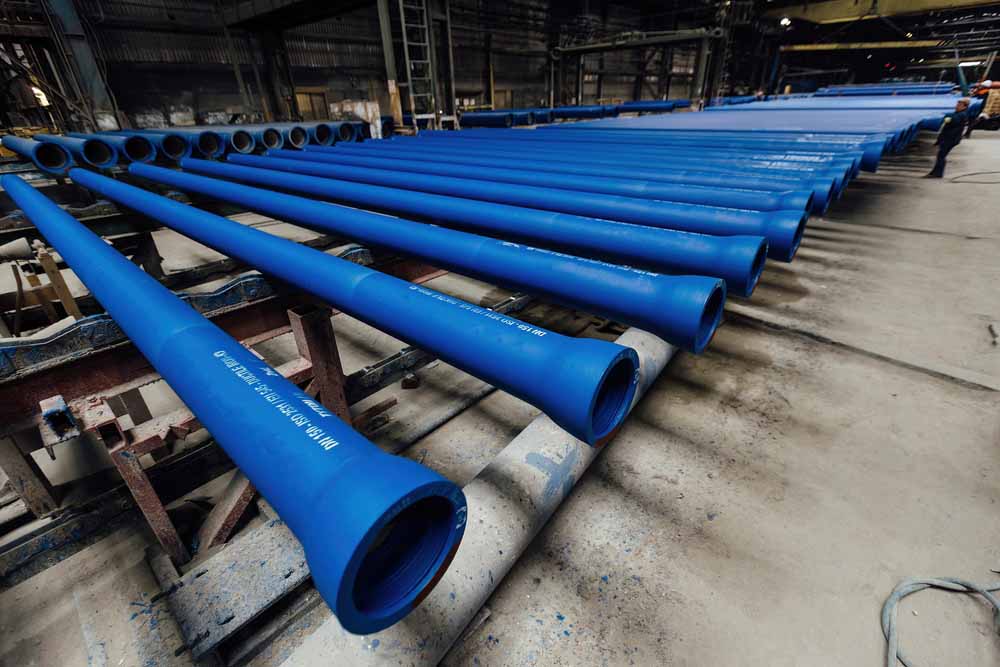Step-by-Step Overview of the Pipe Coating Process

In areas like Kihei, HI where environmental conditions can hasten deterioration, one highly effective method of safeguarding pipes against corrosion and extending their lifespan is pipe coating. Let Nu Flow South Pacific provide a step-by-step overview of the pipe coating process, shedding light on how this technique plays a crucial role in pipe repair in Kihei, HI.
Step 1: Inspection and Preparation
Before any pipe rehabilitation can begin, a thorough inspection of the pipes is conducted to assess their condition. This step is crucial as it helps identify areas of corrosion, damage, or weak points that need attention. In Kihei, HI, where pipes may be particularly vulnerable to environmental factors, such inspections are especially vital.
Once the inspection is complete, the pipes undergo meticulous cleaning to remove any rust, scale, or contaminants that could interfere with the coating’s adhesion. Various methods such as high-pressure water jetting or abrasive blasting may be employed to achieve a clean, smooth surface.
Step 2: Surface Treatment and Priming
After cleaning, the pipes are treated with a corrosion-resistant primer to further enhance adhesion and provide an additional layer of protection, crucial for pipe restoration. The choice of primer depends on factors such as the type of pipe material and the environment in which it operates. In corrosive environments like Kihei, HI, where saltwater and humidity pose significant challenges, selecting the right primer is critical to ensure long-lasting protection against drain pipe repair needs.
Step 3: Coating Application
With the surface primed and prepared, the actual coating process can commence. Pipe coatings come in various forms, including epoxy, polyurethane, and fusion-bonded epoxy (FBE), each offering specific advantages in terms of durability, chemical resistance, and application method. The chosen coating is applied using specialized equipment such as spray guns or rollers to achieve uniform coverage, facilitating sewer pipe repair efforts.
Step 4: Curing and Quality Assurance
Once applied, the coating undergoes a curing process to ensure proper adhesion and durability, essential for drain pipe repair projects. This step typically involves exposing the coated pipes to controlled temperature and humidity conditions for a specified period. Quality assurance measures, including thickness testing and visual inspections, are conducted throughout the curing process to verify the coating’s integrity and effectiveness.
Step 5: Final Inspection and Commissioning
After curing is complete, a final inspection is carried out to confirm that the coating meets the required standards and specifications, addressing any necessary pipe repair needs. This inspection may involve various non-destructive testing techniques to assess coating thickness, adhesion strength, and overall quality. Once approved and the need for emergency pipe repair does not arise, the coated pipes are ready to be put back into service, providing enhanced protection against corrosion and extending their operational lifespan.
Contact Nu Flow South Pacific today to learn whether pipe coating is a viable solution.
Contact Nu Flow South Pacific
